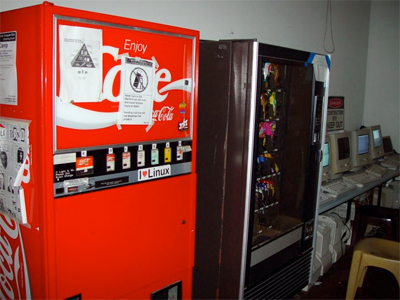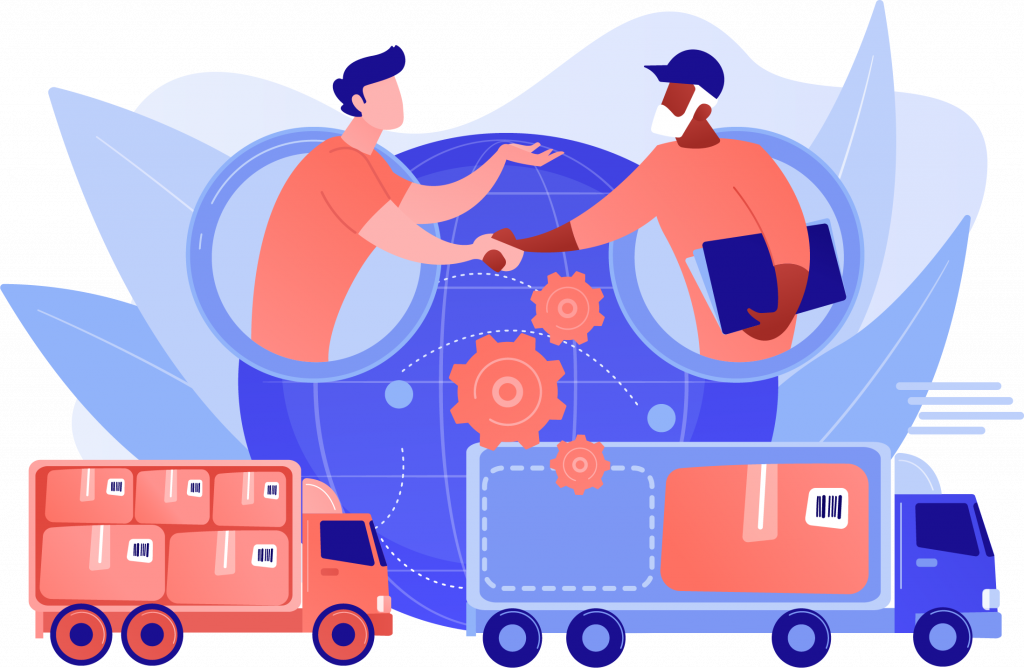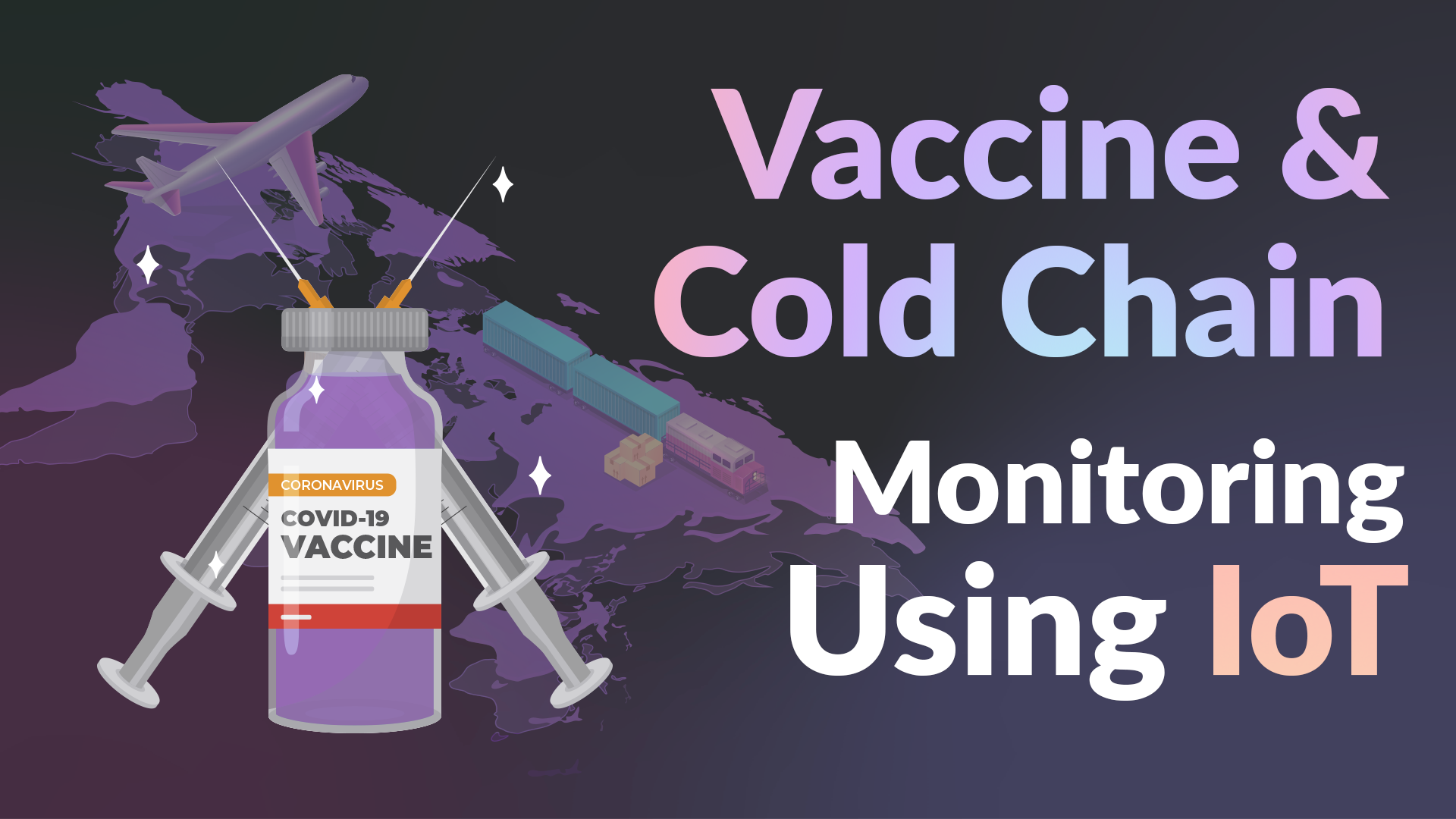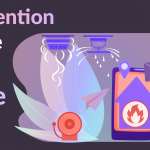IoT is a term known by many, but understood by few. Though the phrase “Internet Of Things” wasn’t coined until 1999, it is not even close to a new concept. The first internet-enabled device was actually a Coke Vending machine at Carnegie Melon University in the early 1980s. With time, the IoT industry evolved leaps and bounds, and it took until 2016, for it get mainstream adoption, and organizations to start selling IoT enabled devices to consumers. From an esoteric idea and philosophy to becoming a reality; now it is not a proposed development and theory, but something that has become a part of our daily lives.

When the pandemic hit the surface, IoT applications were used aggressively to diagnose a patient and, most notably, transport the medicines, vaccines and medical equipment to isolated areas. This blog highlights the importance of IoT in cold chain logistics and vaccine supply during several crises in the world. This article will also explore its features and future of IoT embedded devices in cold storage monitoring worldwide.
IoT During Covid-19 Pandemic
Let’s start with the most important and functional area where IoT stands to bring innovation. IoT brought about a revolution in the supply chain of medicines, medical equipment, and vaccines to several places worldwide in times of social distancing and the faster spread of diseases. Healthcare Industry drastically reduced in-person contact and consultations during the pandemic and adopted a remote medical care system.
This spike in demand gave rise to the huge strides in the advancement of IoT in the healthcare cold chain systems. IoT-enabled devices allowed patients to connect with the doctors and update them about regular checkups. The data was collected and analysed to predict the symptoms to improve the patient’s health.
In developing nations, ensuring necessary vaccination services during COVID-19 has been difficult. The use of mobile technologies and the Internet of Things (IoT) can improve the cold chain vaccine supply. Cold chain data recorders transmit precise condition logs to the cloud via cellular data networks via IoT sensors connected to the vaccine vials.
The UNDP and the Indian government created the Electronic vaccine intelligence network (eVIN), an IoT-enabled mobile-based solution that allows real-time logistical management across the vaccine cold chain. The software, linked to IoT sensors on the vaccine, keeps track of the vaccine’s location, temperature, and stock levels, guaranteeing that the supply is safe and reliable. In India, the use of eVin has led to an 80 per cent reduction in vaccination stockouts.
Challenges faced by Cold Chain logistics using IoT
Logistics management for cold chains is not easy as it appears. Companies that deal with frozen products confront numerous obstacles in ensuring their products’ safe and damage-free shipping. The complicated network used to keep cargo and products secure from the cold storage facility to their final destination has taken decades for companies in the cold chain business to master. However, like with any industry, there are difficulties that, if not handled, can have significant safety and financial ramifications.
Features of Using IoT in Cold Chain Monitoring
IoT in cold chain monitoring has endless features. It keeps evolving every day to keep up with the rising demands of buyers, consumers, and shippers.

It helps transport foods, beverages and medicines with quality and freshness. Cold chains are essential to sustain certain foods’ quality and shelf life like seafood, drugs and vaccines, chemicals, frozen foods, etc.
Using IoT in cold chain solutions can help businesses monitor their supply efficiently. Apart from this, IoT can help overcome various challenges the logistics industry faces through real-time monitoring, temperature control, data insights, and automated systems. The high degree of control and information provided by IoT makes it a valuable candidate for solving major supply chain problems in the coming years. Let’s look at key features of using IoT in the cold chain logistics industry.
Temperature Management
“Supply Chains contribute 40% of food waste in North America, of which 14% is caused by innefficent handling and storage,” according to a report published on Supply Chain Dive.
These numbers are astronomical, and for most countries, this undue loss of food is primarily due to ineffective cold storage control systems. Tonnes of food and medicines are wasted every year due to the unavailability of temperature-controlled logistics chain systems. To ensure smooth working and less wastage of products, it is imperative to have a sensor to monitor and control the temperature range in the cold storage chain.
Businesses may use IoT solutions to monitor the temperature of their food, which is likely the most critical parameter in cold chain logistics. To monitor the temperature of food items, sensors can be employed on transit modes such as trucks, rail cargo, or air cargo. This data is collected and shared in real-time by the sensors.
As a result, companies have complete control over temperature regulation and monitoring. This guarantees that the commodities are kept at the proper temperature throughout the logistics process, extending their life.
If there are any disparities, IoT-enabled actuators can automatically modify the temperature of the cold storage facilities and containers to match the needed level.
Automated Reports
Apart from real-time tracking, supply chain data is obtained by IoT-powered sensors which allow a better understanding of the risk involved and allow improved distribution schedules. IoT is way beyond only hardware devices. The IoT collects data and enables systems to generate reports using artificial intelligence software embedded in these systems.
With the help of artificial intelligence and machine learning, we can convert data collected by IoT devices into automated reports. It will help bring out insufficiencies in the current processes, and allows organizations to take immediate and strategic decisions based on the data hence received.
Shipment Tracking
Companies must have total visibility of their shipments. The usage of IoT in cold chain logistics accomplishes this goal. With IoT devices, businesses can monitor their shipments 24 hours a day, seven days a week. If the supply chain is going slower than expected, they can swiftly change the logistics timetable. While tracking data isn’t readily available, this helps save time when planning and altering the schedule. Stakeholders can easily coordinate with other supply chain members and manage the system efficiently.
It’s crucial to secure the safety and security of your shipments, especially if they contain high-value assets or sensitive compounds that must be monitored regularly. IoT-based shipment monitoring allows you to track and monitor your shipments from anywhere at any time, as well as send out real-time warnings and notifications. You may not only follow the position of your shipments with the help of various IoT devices and sensors, but you can also measure the quantity being transported and trace back the path in case any harmful behavior is suspected.
Future outlook of IoT for Cold Chain Monitoring
The demand for cold chain monitoring never went down, even in adverse conditions. Instead, COVID-19 has resulted in newfound growth and demand for cold chain monitoring systems. Finally, for IoT solutions to unleash their full potential, cold supply chains must understand the convergence of IoT use cases, such as container tracking more efficiently, which may help with both cargo and fleet management. If an intelligent asset network is developed, cold chains can reap the most benefits from IoT and stand to propel this industry to newer heights.





